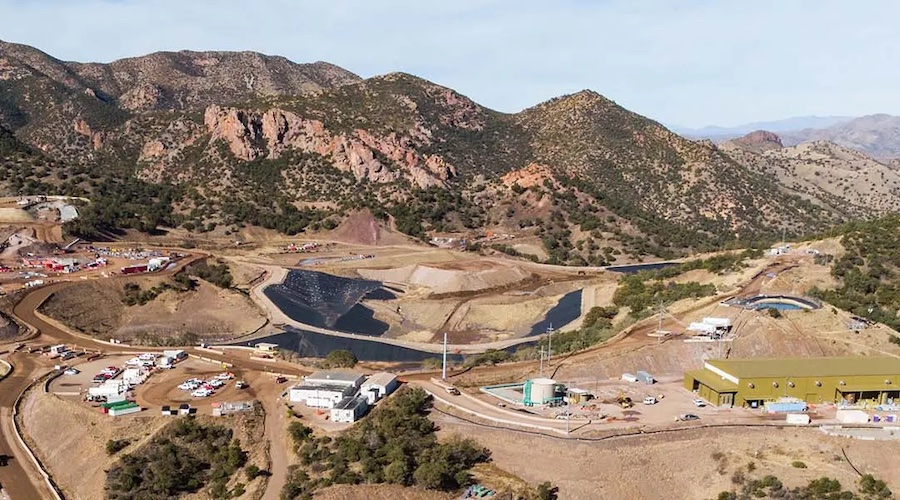Copper price up on hopes of further monetary easing in China

The copper price regained some strength on Thursday after consecutive losses, as weaker-than-expected economic data from top consumer China raised hopes the country would implement further monetary easing to prop up growth.
China’s gross domestic product expanded 7.9% year-on-year in the second quarter, missing expectations of an 8.1% rise in a Reuters poll, due to slowing manufacturing activity, higher raw material costs and new covid-19 outbreaks.
The bleak data came amid market speculation of further monetary easing after China’s surprising cut of banks’ reserve requirements last week. Some market watchers say a cut in the country’s benchmark prime loan rate may be next.
Related read: Russell: Bearish or bullish? China’s variegated June commodity imports
Click here for an interactive chart of copper prices
Copper for delivery in September rose 1.8% from Wednesday’s settlement price, touching $4.346 per pound ($9,561 per tonne) midday Thursday on the Comex market in New York.
“For the first time in the mining industry’s history, a paradigm shift in demand has been clearly signposted before it materialises. With that comes the opportunity to act before supply chains are overwhelmed”
Simon Morris, Wood Mackenzie’s Head of Metals
Another commodities supercycle is on the horizon and China’s dominance of renewables value chains will be key, according to a recent report from Wood Mackenzie.
“While China’s move to secure battery raw materials is well documented, less well-known is its increasing self-sufficiency extending downstream. 75% of global lithium-ion batteries, 70% of all solar panels, and 60% of electric vehicles are made in China. But its aspirations have not yet been satisfied and we expect its control to continue to grow,” said Simon Morris, Wood Mackenzie’s Head of Metals.
“With China dominant in its control of energy transition value chains, non-Chinese entities face an ever-diminishing share of any commodity windfall. Those who choose to participate too late in the cycle are likely to find that they either can’t afford to participate or are precluded altogether.”
Under Wood Mackenzie’s proprietary Accelerated Energy Transition-2 (AET-2) scenario, which is consistent with limiting the rise in global temperatures since pre-industrial times to 2 °C, 360 million tonnes (Mt) of aluminum, 90 Mt of copper, and 30 Mt of nickel will feed the energy transition over the next 20 years.
This level of additional metal presents obvious challenges for producers and consumers alike.
“For the first time in the mining industry’s history, a paradigm shift in demand has been clearly signposted before it materialises. With that comes the opportunity to act before supply chains are overwhelmed,” said Morris.
(With files from Reuters)
More News
South32 breaks ground on remote operating center at Hermosa project in Arizona
April 24, 2025 | 04:20 pm
{{ commodity.name }}
{{ post.title }}
{{ post.date }}



Comments